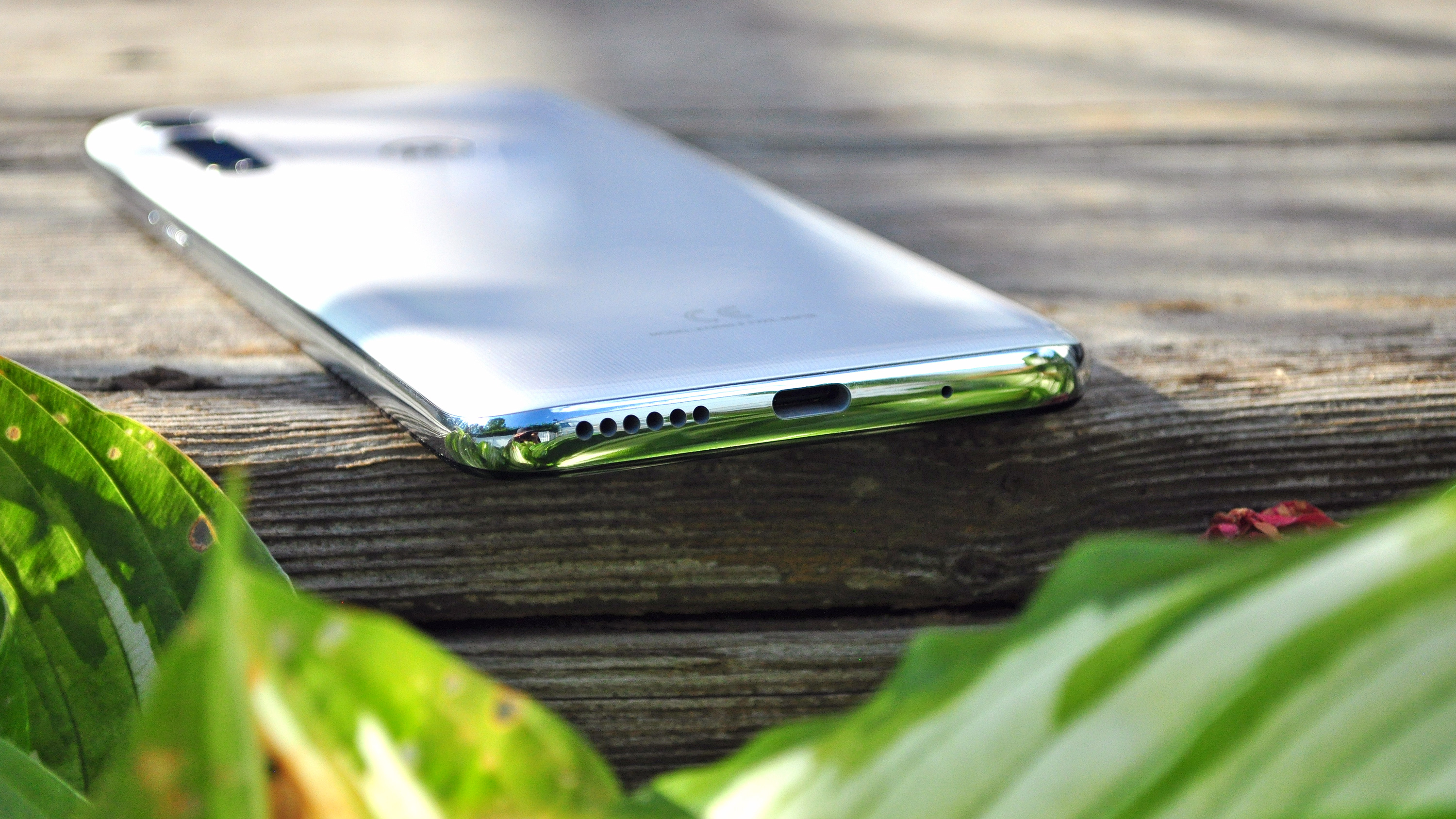Breaking Free from the Shackles of a Traditional Office
The modern workplace is undergoing a significant transformation, with more people than ever before opting to work from their mobile phones. This shift towards remote work has been driven by the need for flexibility, autonomy, and a better work-life balance. With the advancement of mobile technology, it’s now possible to stay productive on-the-go, without being tied to a traditional office desk.
The benefits of working remotely are numerous. For one, it allows individuals to work from anywhere, at any time, as long as they have a stable internet connection. This means that remote workers can avoid the daily commute, work from a coffee shop or co-working space, or even take care of family responsibilities while still being productive. Additionally, remote work can lead to increased job satisfaction, reduced stress, and improved overall well-being.
The growing trend of remote work is also driven by the need for businesses to stay competitive in a rapidly changing market. By allowing employees to work from their mobile phones, companies can tap into a global talent pool, reduce overhead costs, and improve productivity. In fact, a study by Gallup found that employees who work remotely at least some of the time are more likely to have higher levels of engagement, compared to those who only work from the office.
As the world becomes increasingly interconnected, the need for mobile phones to facilitate remote work will only continue to grow. With the rise of 5G connectivity, augmented reality, and artificial intelligence, the possibilities for remote work will become even more vast and exciting. Whether you’re a freelancer, entrepreneur, or employee, working from your mobile phone can provide the freedom and flexibility you need to succeed in today’s fast-paced world.
By embracing the concept of remote work, individuals and businesses can break free from the shackles of a traditional office and unlock new possibilities for productivity, creativity, and innovation. So, if you’re ready to join the remote work revolution and start working from your mobile phone, the first step is to understand the tools and strategies you need to succeed.
How to Turn Your Mobile Phone into a Productivity Powerhouse
To work efficiently from your mobile phone, it’s essential to optimize your device with the right apps, tools, and settings. By doing so, you can transform your mobile phone into a productivity powerhouse that helps you stay focused and accomplish tasks on-the-go.
One of the most critical aspects of mobile phone productivity is task management. Apps like Trello, Asana, and Todoist can help you organize your tasks, set reminders, and collaborate with team members. These apps are designed to be user-friendly, intuitive, and accessible from anywhere, making it easy to manage your workload remotely.
Communication is another vital aspect of remote work. Apps like Slack, Microsoft Teams, and Google Workspace can help you stay connected with your team, share files, and participate in video conferences. These apps are designed to be secure, reliable, and easy to use, making it simple to communicate with your team from anywhere.
In addition to task management and communication apps, there are several other tools and settings that can enhance your mobile phone’s productivity. For example, you can use apps like Evernote or OneNote to take notes, organize your thoughts, and access information on-the-go. You can also use settings like Do Not Disturb or Focus Mode to minimize distractions and stay focused on your work.
Another important aspect of mobile phone productivity is cloud storage. Apps like Google Drive, Dropbox, or Microsoft OneDrive can help you access and share files from anywhere, making it easy to collaborate with team members and work on projects remotely. These apps are designed to be secure, reliable, and easy to use, making it simple to store and access your files on-the-go.
By optimizing your mobile phone with the right apps, tools, and settings, you can turn your device into a productivity powerhouse that helps you work efficiently from anywhere. Whether you’re a remote worker, freelancer, or entrepreneur, having a productive mobile phone can help you stay focused, accomplish tasks, and achieve your goals.
Some popular apps for mobile phone productivity include:
- Trello: A task management app that helps you organize your tasks, set reminders, and collaborate with team members.
- Slack: A communication app that helps you stay connected with your team, share files, and participate in video conferences.
- Google Drive: A cloud storage app that helps you access and share files from anywhere.
- Evernote: A note-taking app that helps you organize your thoughts, take notes, and access information on-the-go.
The Best Mobile Phones for Remote Work: A Review of Top Devices
When it comes to working from your mobile phone, having the right device can make all the difference. With so many options available, it can be overwhelming to choose the best mobile phone for remote work. In this review, we’ll take a closer look at some of the top devices on the market, including their features, battery life, and storage capacity.
One of the top contenders for remote work is the Samsung Galaxy series. With its large display, long-lasting battery, and advanced camera system, the Samsung Galaxy is an ideal choice for anyone who needs to stay productive on-the-go. The Galaxy S21, for example, features a 6.2-inch Dynamic AMOLED display, up to 16GB of RAM, and a large 5000mAh battery.
Another popular option for remote work is the Apple iPhone. With its sleek design, user-friendly interface, and advanced security features, the iPhone is a great choice for anyone who needs to stay connected and productive. The iPhone 13 Pro, for example, features a 6.1-inch Super Retina XDR display, up to 16GB of RAM, and a long-lasting 4082mAh battery.
Google Pixel is another top contender for remote work. With its simple and intuitive interface, advanced camera system, and timely software updates, the Google Pixel is an excellent choice for anyone who needs to stay productive and connected. The Google Pixel 6, for example, features a 6.4-inch OLED display, up to 12GB of RAM, and a long-lasting 4614mAh battery.
When choosing a mobile phone for remote work, there are several factors to consider. First and foremost, you’ll want to look for a device with a large and high-quality display, as this will make it easier to stay productive and focused. You’ll also want to consider the device’s battery life, as a long-lasting battery will ensure that you can stay connected and productive throughout the day.
Additionally, you’ll want to consider the device’s storage capacity, as this will determine how many apps, files, and documents you can store on your device. Finally, you’ll want to consider the device’s security features, as this will ensure that your data and personal information are protected.
Some of the key features to look for in a mobile phone for remote work include:
- A large and high-quality display
- A long-lasting battery
- Advanced camera system
- Timely software updates
- Advanced security features
- Ample storage capacity
Staying Organized and Focused on the Go
Working from your mobile phone can be a liberating experience, but it can also be challenging to stay organized and focused. With the constant distractions of social media, email, and text messages, it’s easy to get sidetracked and lose productivity. However, with the right strategies and tools, you can stay organized and focused, even on the go.
One of the most effective ways to stay organized is to use a task management app. Apps like Trello, Asana, and Todoist allow you to create and manage your to-do lists, set reminders, and prioritize your tasks. These apps are designed to be user-friendly and accessible from anywhere, making it easy to stay on top of your work.
Another key to staying organized is to prioritize your tasks. Make a list of your tasks and prioritize them based on their importance and urgency. Focus on completing the high-priority tasks first, and then move on to the lower-priority tasks. This will help you stay focused and ensure that you’re making progress on your most important tasks.
Minimizing distractions is also crucial to staying focused. Turn off notifications for non-essential apps, and consider using a website blocker to limit your access to distracting websites. Use a noise-cancelling app or a music streaming service to create a productive environment.
Time management is also essential to staying organized and focused. Use a calendar app to schedule your tasks and set reminders. Set aside dedicated blocks of time for focused work, and take regular breaks to recharge.
Additionally, consider using a note-taking app to jot down ideas and notes. Apps like Evernote and OneNote allow you to organize your notes and access them from anywhere.
Some other tips for staying organized and focused on the go include:
- Use a mobile phone stand or holder to keep your device at a comfortable viewing angle
- Invest in a portable keyboard or mouse for easier typing and navigation
- Use a cloud storage service to access your files from anywhere
- Set up a mobile phone-friendly workspace, such as a coffee shop or co-working space
Overcoming Common Challenges of Mobile Phone Productivity
While working from your mobile phone can be liberating, it also comes with its own set of challenges. Poor internet connectivity, limited screen size, and data security concerns are just a few of the common issues that remote workers face. However, with the right strategies and tools, you can overcome these challenges and stay productive on the go.
One of the most common challenges of mobile phone productivity is poor internet connectivity. To overcome this, consider investing in a portable Wi-Fi hotspot or a mobile phone signal booster. These devices can help you stay connected even in areas with poor internet coverage.
Another challenge is limited screen size. To overcome this, consider using a mobile phone with a larger screen or investing in a portable monitor. You can also use apps that allow you to access your computer remotely, such as LogMeIn or TeamViewer.
Data security is also a major concern for remote workers. To overcome this, consider using a virtual private network (VPN) to encrypt your internet traffic. You can also use apps that allow you to password-protect your files and data, such as Dropbox or Google Drive.
Other common challenges of mobile phone productivity include:
- Distractions: Consider using apps that help you stay focused, such as Freedom or SelfControl.
- Eye strain: Consider using blue light filtering glasses or apps that adjust the color temperature of your screen.
- Keyboard limitations: Consider using a portable keyboard or investing in a mobile phone with a physical keyboard.
Some popular apps for overcoming common challenges of mobile phone productivity include:
- LogMeIn: A remote access app that allows you to access your computer from your mobile phone.
- TeamViewer: A remote access app that allows you to access your computer from your mobile phone.
- Dropbox: A cloud storage app that allows you to access your files from anywhere.
- Google Drive: A cloud storage app that allows you to access your files from anywhere.
Maximizing Your Mobile Phone’s Camera for Remote Work
One of the most underutilized features of mobile phones is the camera. However, with the rise of remote work, the camera has become an essential tool for many professionals. Whether you need to scan documents, take photos of whiteboard notes, or participate in video conferences, your mobile phone’s camera can help you stay productive on the go.
Scanning documents is one of the most common uses of a mobile phone camera for remote work. With apps like CamScanner or Scanbot, you can quickly scan documents and save them to your phone or cloud storage. These apps use optical character recognition (OCR) technology to convert scanned documents into editable text, making it easy to share or collaborate with others.
Taking photos of whiteboard notes is another useful application of a mobile phone camera for remote work. With apps like Whiteboard Capture or BoardCam, you can take clear and legible photos of whiteboard notes, even in low-light conditions. These apps use advanced image processing algorithms to enhance the quality of the photos, making it easy to read and share the notes.
Participating in video conferences is also a common use of a mobile phone camera for remote work. With apps like Zoom or Skype, you can join video conferences from anywhere, using your mobile phone’s camera to connect with colleagues or clients. These apps use advanced video compression algorithms to ensure high-quality video, even over low-bandwidth connections.
Other ways to use your mobile phone’s camera for remote work include:
- Creating video tutorials or training sessions
- Conducting virtual product demonstrations
- Sharing photos of products or prototypes
- Participating in virtual reality (VR) or augmented reality (AR) experiences
Some popular apps for maximizing your mobile phone’s camera for remote work include:
- CamScanner: A document scanning app that uses OCR technology to convert scanned documents into editable text.
- Scanbot: A document scanning app that uses OCR technology to convert scanned documents into editable text.
- Whiteboard Capture: A whiteboard note-taking app that uses advanced image processing algorithms to enhance the quality of photos.
- BoardCam: A whiteboard note-taking app that uses advanced image processing algorithms to enhance the quality of photos.
Boosting Your Mobile Phone’s Battery Life for Extended Work Sessions
One of the biggest challenges of working from your mobile phone is maintaining a reliable battery life. With the constant use of apps, emails, and internet browsing, it’s easy to drain your battery quickly. However, there are several ways to boost your mobile phone’s battery life and ensure that you can work from anywhere without interruptions.
One of the simplest ways to boost your mobile phone’s battery life is to use power-saving modes. Most mobile phones come with built-in power-saving modes that can help reduce battery consumption by limiting background data usage, turning off unnecessary features, and adjusting screen brightness. You can also customize your power-saving mode to suit your specific needs.
Another way to boost your mobile phone’s battery life is to use battery cases or external batteries. Battery cases are designed to provide additional power to your mobile phone, while external batteries can be used to charge your phone on the go. These accessories can be especially useful for remote workers who need to work for extended periods without access to a power outlet.
Portable chargers are also a great way to boost your mobile phone’s battery life. These chargers are designed to be compact and lightweight, making them easy to carry around. They can be used to charge your phone on the go, and some models even come with built-in cables and adapters.
Other ways to boost your mobile phone’s battery life include:
- Turning off unnecessary features like Bluetooth, GPS, and Wi-Fi when not in use
- Adjusting your screen brightness and timeout settings
- Using a battery-saving app to monitor and optimize your battery usage
- Updating your mobile phone’s software to the latest version
Some popular battery cases and external batteries for mobile phones include:
- Mophie Juice Pack: A battery case that provides up to 100% extra battery life
- Anker PowerCore: An external battery that provides up to 10,000mAh of power
- Jackery Titan: A portable charger that provides up to 20,800mAh of power
Future-Proofing Your Mobile Phone for Remote Work
The future of remote work is exciting and rapidly evolving. With the rise of emerging technologies like 5G connectivity, augmented reality, and artificial intelligence, mobile phones will continue to play a vital role in enabling remote work. In this article, we’ll explore the future of remote work and how mobile phones will continue to shape the way we work.
One of the most significant trends in remote work is the adoption of 5G connectivity. With 5G, mobile phones will be able to access faster and more reliable internet connections, enabling remote workers to stay connected and productive on the go. This will be especially important for remote workers who need to access large files, participate in video conferences, or use cloud-based applications.
Augmented reality (AR) is another emerging technology that will play a significant role in remote work. With AR, remote workers will be able to access virtual information and objects in real-time, enabling them to work more efficiently and effectively. For example, AR can be used to provide virtual training sessions, enable remote collaboration, and enhance customer service.
Artificial intelligence (AI) is also expected to play a significant role in remote work. With AI, mobile phones will be able to learn and adapt to the needs of remote workers, enabling them to work more efficiently and effectively. For example, AI can be used to automate routine tasks, provide personalized recommendations, and enhance customer service.
Other emerging trends in remote work include:
- Virtual and augmented reality
- Artificial intelligence and machine learning
- Internet of Things (IoT)
- Cloud computing and storage
Some popular mobile phones that are future-proofed for remote work include:
- Samsung Galaxy S21: A 5G-enabled smartphone with advanced camera capabilities and long-lasting battery life.
- Apple iPhone 13: A 5G-enabled smartphone with advanced camera capabilities and long-lasting battery life.
- Google Pixel 6: A 5G-enabled smartphone with advanced camera capabilities and long-lasting battery life.

:max_bytes(150000):strip_icc()/002_boosting-your-android-smartphone-121671-981e041b176747dc9a9cf106580014af.jpg)



